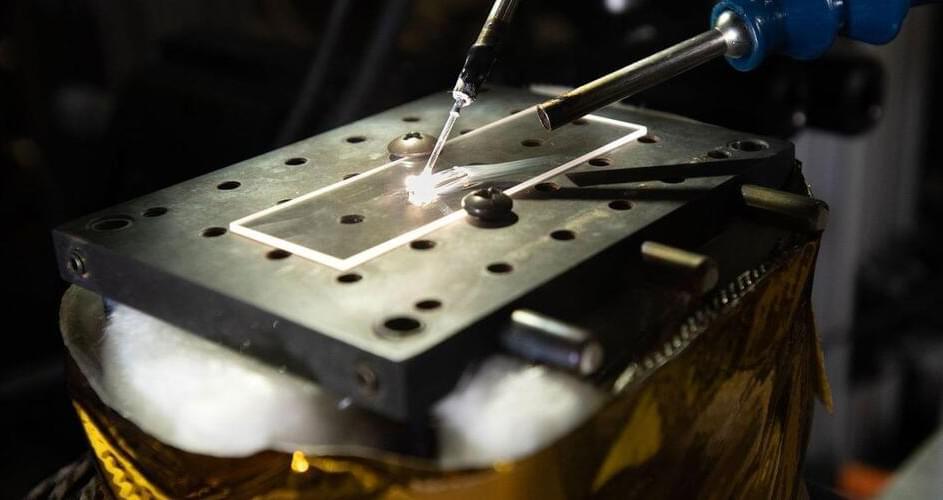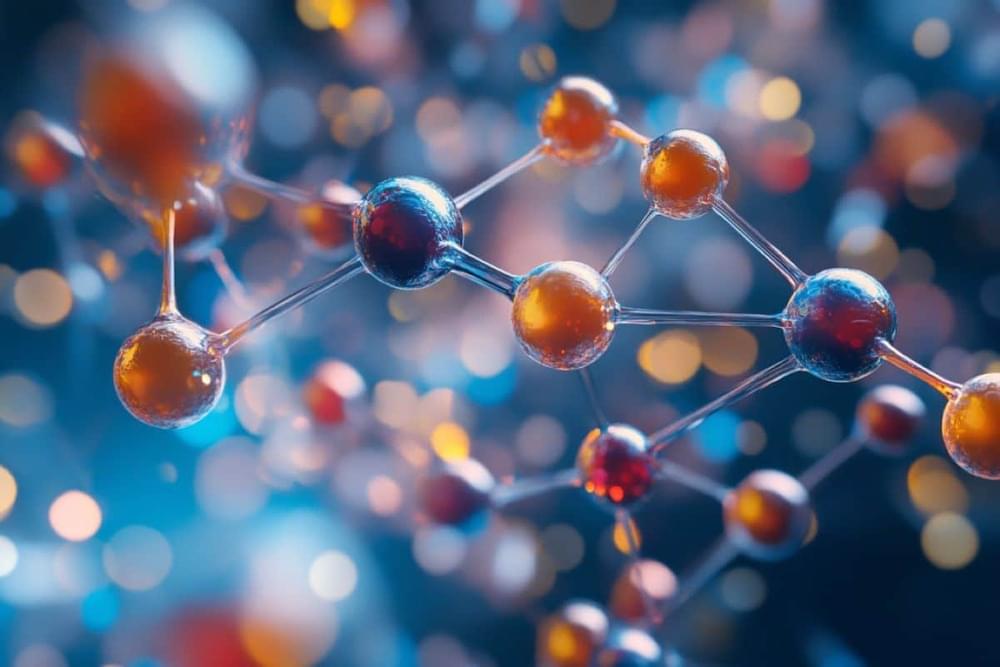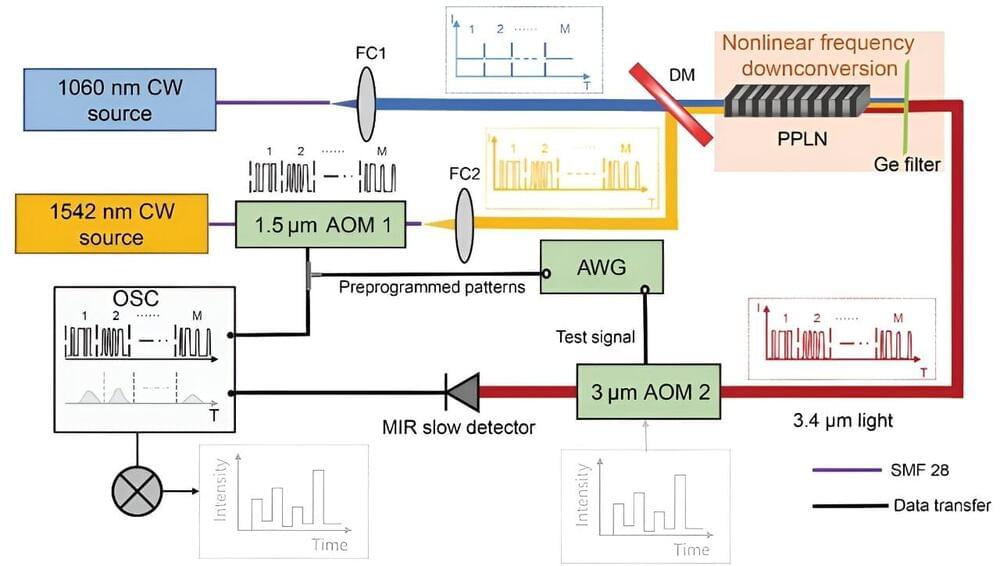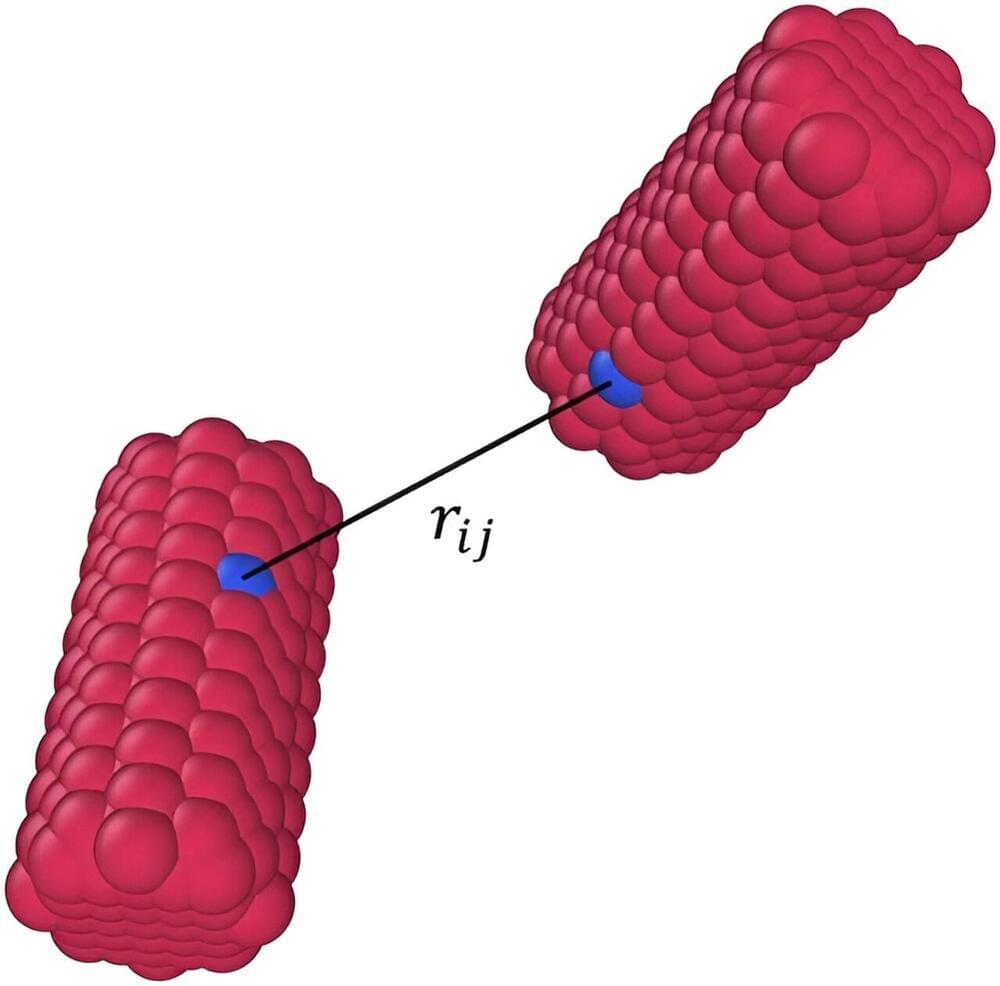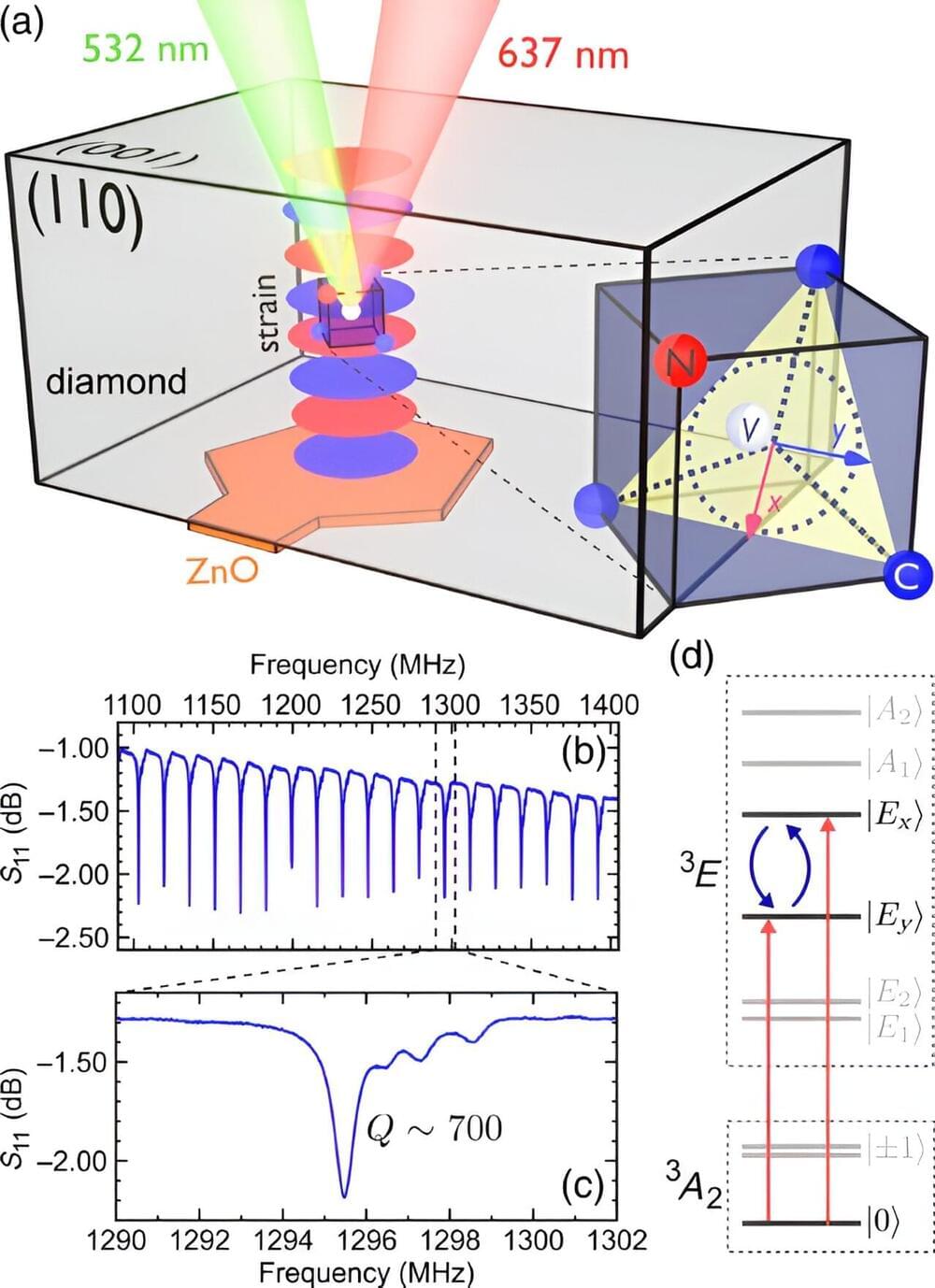Certain fields of academia, particularly those influenced by postmodernism and critical theory, have become corrupted by a focus on ideology over truth, leading to a lack of intellectual rigor and a stifling of rational discourse.
Questions to inspire discussion.
What is the Sokal hoax?
—The Sokal hoax was a 1996 academic hoax where physicist Alan Sokal published a fake paper filled with nonsensical postmodern jargon in a Duke University journal to test if postmodern cultural critics would accept a nonsensical argument. The hoax exposed the abuse of scientific terminology to make political points in academia.
